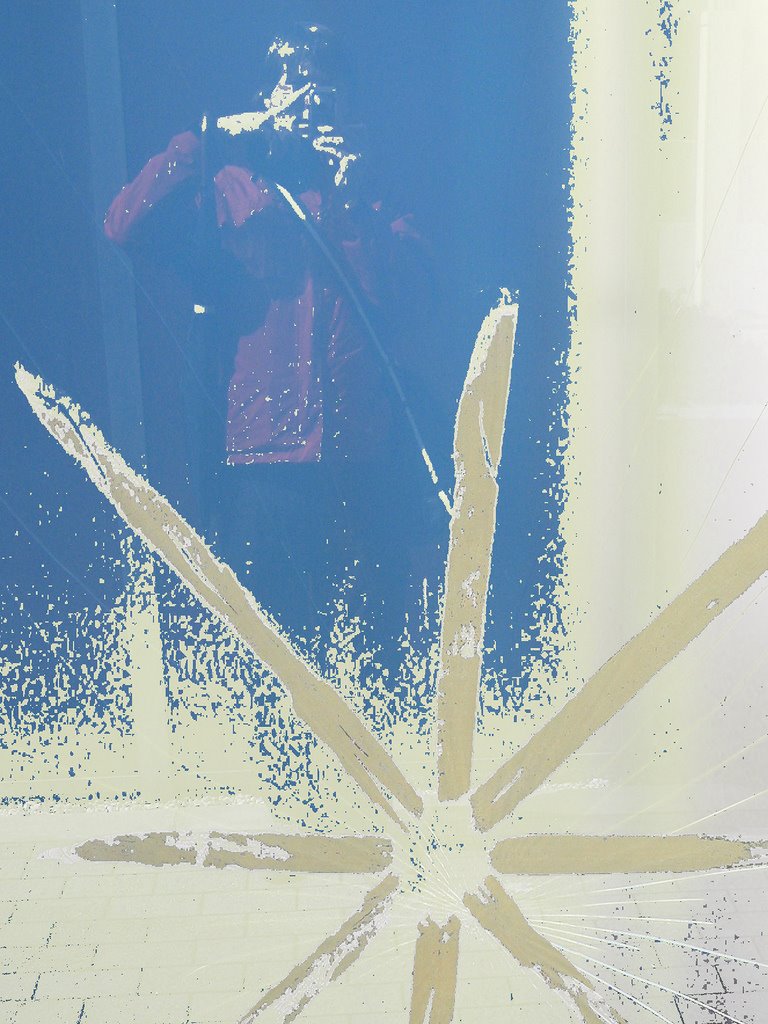 I got in the plane at Haneda airport, which is built on reclaimed land and reached via Tokyo Monorail. After having checked in my luggage (it's enough to be there 20min in advance) it took 2,5 hours to reach Naha airport on Okinawa, where i was welcomed by rather high temperatures and humidity.
I got in the plane at Haneda airport, which is built on reclaimed land and reached via Tokyo Monorail. After having checked in my luggage (it's enough to be there 20min in advance) it took 2,5 hours to reach Naha airport on Okinawa, where i was welcomed by rather high temperatures and humidity. I didnt see much of Naha, because i had to take the ferry the same day, and thanks to a lousy busservice (No destinations on bus-timetables, 20min delay etc) i had to skip Shuri-Castle. Okinawa is a car society as Japanese use to say, and the only american thing for me to experience, as i did only see one westerner during the whole day, so the Americans seem to rather stay on their bases. Ok, there are lots of Steak-Houses though, of course i eat champloo instead , the obviously name-giving dish for the Samurai Champloo anime (both great!!!). From the rather run down Shinko (New Port) in Naha, it takes 8h by ferry to get to Miyako. I slept well and didnt get sick.
 At Miyako port i was picked up by the proprietor of the Kuromonchou-Minshuku, who is a totally nice guy, later that day, he showed me around all over Miyako main island from north to south with his car, told me a lot, and in the evening we had dinner together with one of his friends, exchanged sake and home made Schnaps from Austria. Today we did some snorkeling on the eastern coast, the water being warm, but probably not what you need for that kind of activity, so we had enough after 30min. But i am relaxed knowing now there'll be no problem swimming in 20degree warm water (just as air temperature). Only backlash: it is really cloudy and rainy all the time, and you're not able to foretell the next shower (which normally is over again after half an hour something again).
At Miyako port i was picked up by the proprietor of the Kuromonchou-Minshuku, who is a totally nice guy, later that day, he showed me around all over Miyako main island from north to south with his car, told me a lot, and in the evening we had dinner together with one of his friends, exchanged sake and home made Schnaps from Austria. Today we did some snorkeling on the eastern coast, the water being warm, but probably not what you need for that kind of activity, so we had enough after 30min. But i am relaxed knowing now there'll be no problem swimming in 20degree warm water (just as air temperature). Only backlash: it is really cloudy and rainy all the time, and you're not able to foretell the next shower (which normally is over again after half an hour something again).Watch the Fotos!















